Bill Evans Trio - "Moon Beams" - Part 1
A Dedication to Scott LaFaro
To casual fans of jazz, the pianist Bill Evans is probably best remembered for his playing on the pioneering modal jazz album, Kind of Blue. Led by Miles Davis on trumpet, this best-selling jazz record of all time also featured John Coltrane, Cannonball Adderly, Paul Chambers, Jimmy Cobb, and Wynton Kelly.
The contribution Evans gave to this 1958 session is incalculable. Modal jazz was just being introduced as an idea. It is essentially a slowing down of a song’s rhythm to allow for space so the individual members of the band could create a simpler connection with the music, a style at which Evans was already a master. He finalized all the arrangements on Kind of Blue to be more elegant, and his beautiful composition “Peace Piece” is echoed on the closing track as “Flamenco Sketches".
He wrote another track, "Blue in Green” for Davis (along with “Nardis” on an earlier Davis record), but Evans was never credited for these compositions until later (the Davis estate finally acknowledged Evans' authorship in 2002). So, after a brief tour with this lineup after the record’s release, the pianist left the group and returned to the jazz trio format. That setting proved to be his true home and allowed for the lasting fame he truly deserved.
Born in 1929, Evans started playing piano when he was 5 years old. By nine he was sight-reading Russian classical compositions, and at fifteen he was playing in jazz bands in New Jersey. He soon began to experiment with his sensitive playing in a jazz trio format. After studying music theory in college and spending a brief stint in the Army band, he moved to New York and joined Teddy Kotick on stand-up bass and Paul Motian on drums. This trio formed the first Bill Evans Trio in 1956 and recorded the pianist’s first Riverside album titled New Jazz Conceptions.
After his stint with the Miles Davis sextet, the shy, intense and surprisingly witty Evans rejoined the attentive Motian and recruited the astonishingly fleet-fingered bassist Scott LaFaro. This trio had an almost telepathic chemistry that would continue to be explored on Riverside Records with the 1959 release of Portrait in Jazz, followed by the haunting Explorations in 1961. What came next is arguably the trio’s finest achievement, a club session recorded on June 25, 1961, in New York City. That live music was released as two records, Sunday at the Village Vanguard and Waltz for Debby (both available on Craft Recordings and previously reviewed by Tracking Angle). These albums are now considered among the most influential in jazz history.
The Evans, LaFaro, Motian combination redefined what a jazz trio’s interrelationship could become. With the sympatico free-ranging bass lines of LaFaro, and the subtle patterns by Motian holding the group together, there was the possibility for Evans to explore new emotional expression with both scales and chords to form a collective dialogue. Being left-handed, Evans was freed from traditional rhythmic work and could create sustained chords to fill in the bottom end while building a melodic line with his right hand. The poetic voicings of harmony and counterpoint were astonishing, and the music sounded like one instrument.
This unique brilliance was tragically extinguished when LaFaro died in an automobile accident just a few days after this historic recording. Evans went into a period of mourning and avoided both the public and the studio for many months. After a duo recording with guitarist Jim Hall, resulting in the album Undercurrent, he returned to the trio format and recorded three sessions in May and June of 1962.
Producer Orrin Keepnews recommended that Evans form a new trio with his drummer Motian and Eddie Gomez on bass. The idea was to record enough music for two albums, one featuring ballads and another with more up-tempo tunes. The less “pretty” album became How My Heart Sings! released in 1964. Moon Beams, the record reviewed here, is the ballad-filled album that was first released in 1962.
In the early 1990’s I was a young man just getting into jazz and received a recommendation to check out the classically trained pianist Bill Evans. Moon Beams was the first of his LPs I bought, primarily because the cover featured a grainy photo of a beautiful woman. Unbeknownst to me, the woman was Nico, who was a model before becoming part of The Velvet Underground. Once I opened that cover, I played the LP listening in total awe at its tonal complexity and lyrical beauty.
At the time, I likened Evans to another musician I had recently discovered, the singer-songwriter Nick Drake from England. They shared a sensitive approach and artistic sensibility that spoke to me. Later I learned that both men were gifted perfectionists, yet humble and aware of the importance of the music they were creating. They embraced their connection with the instrument and nurtured it with endless practice to the exclusion of pretty much everything else. In the process, they created art that overcame (some say destroyed) their mortal selves.
I suppose, whatever the genre, there will always be a need for contemplative and meditative music for healing the soul. Creation and destruction can make for strange bedfellows in the heart of the sensitive artist. Perhaps, by bravely going deep within themselves and playing only for their own redemption, these artists touch upon a universal chord that resonates within our collective consciousness.
After a life spent numbing his pain with drug addiction, Evans died at age 51 on September 15, 1980. “Just go with truth and beauty and forget the rest,” Evans once told Tony Bennett. You will find that sentiment in the music contained in Moon Beams. The introspective piano work on this album has a feeling of intimacy arguably unmatched by Evans until his final Riverside/Milestone recordings that yielded The Solo Sessions, Vol. I and II, released posthumously in 1989.
Next, our record review of the 2025 Craft Recordings reissue of Moon Beams.
Article Copyright 2025 Randy Wells. All Rights Reserved.
Below: Bill Evans Trio with Chuck Israels on bass and Larry Bunker on drums.



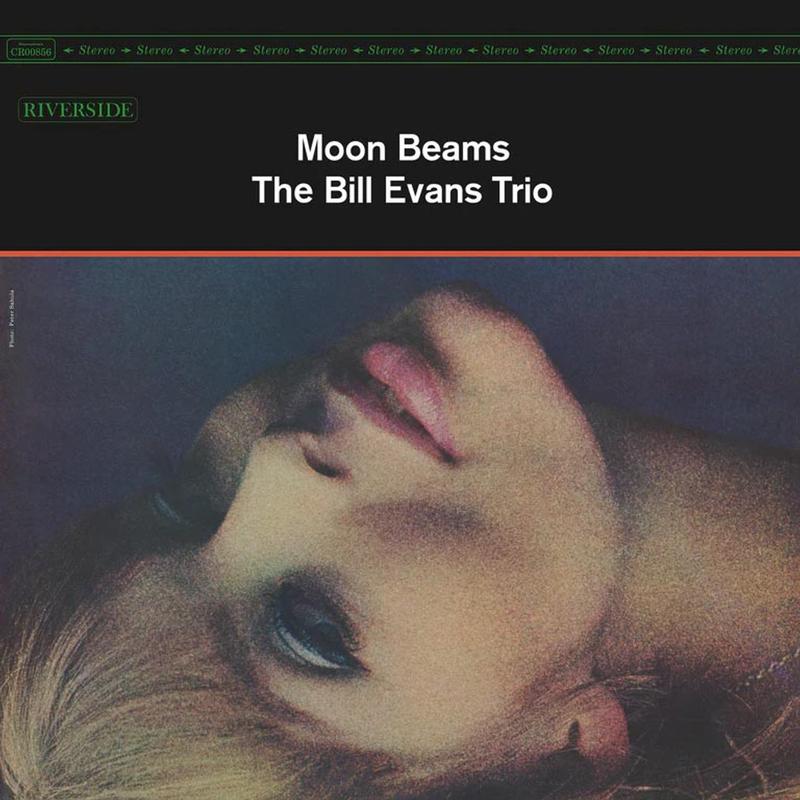
















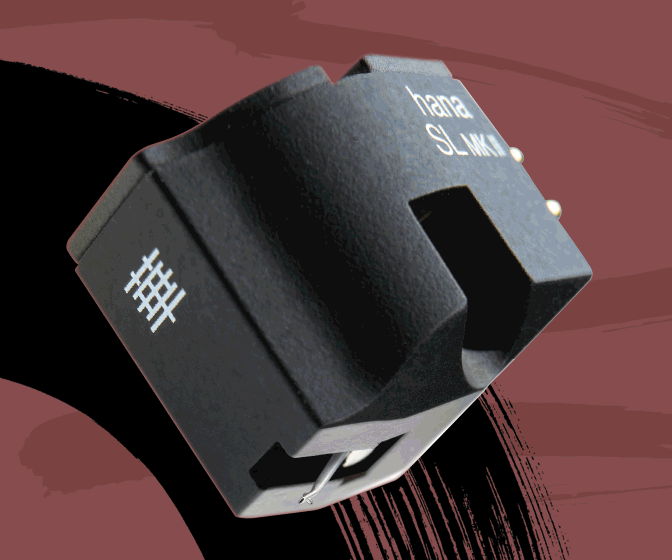








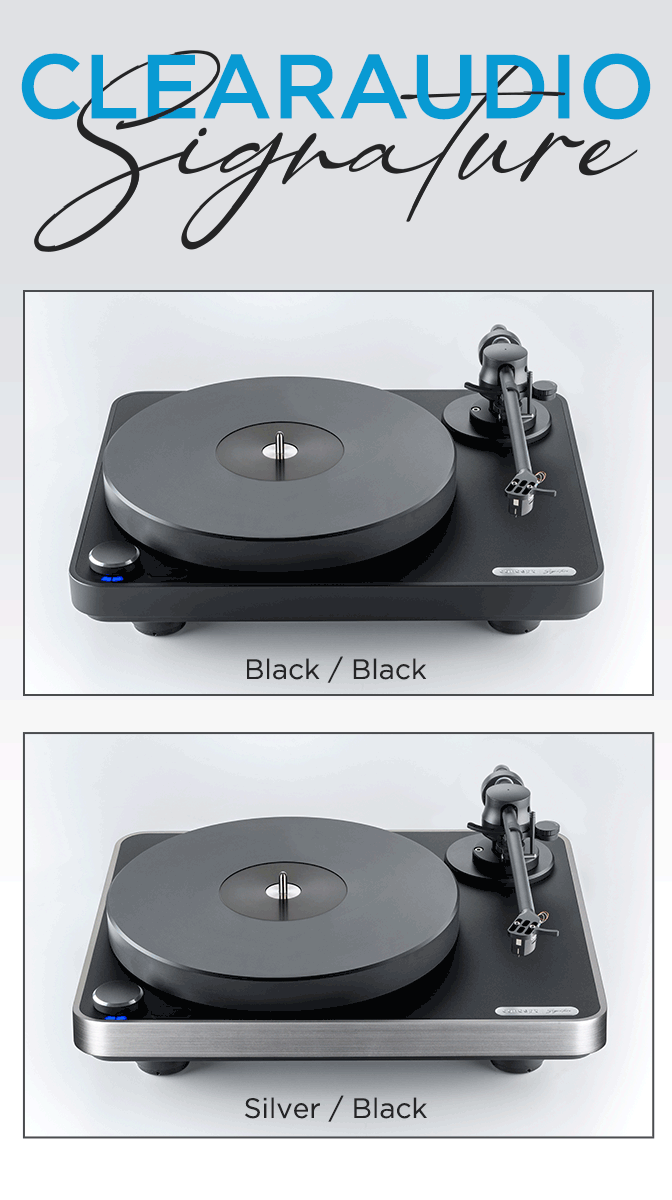



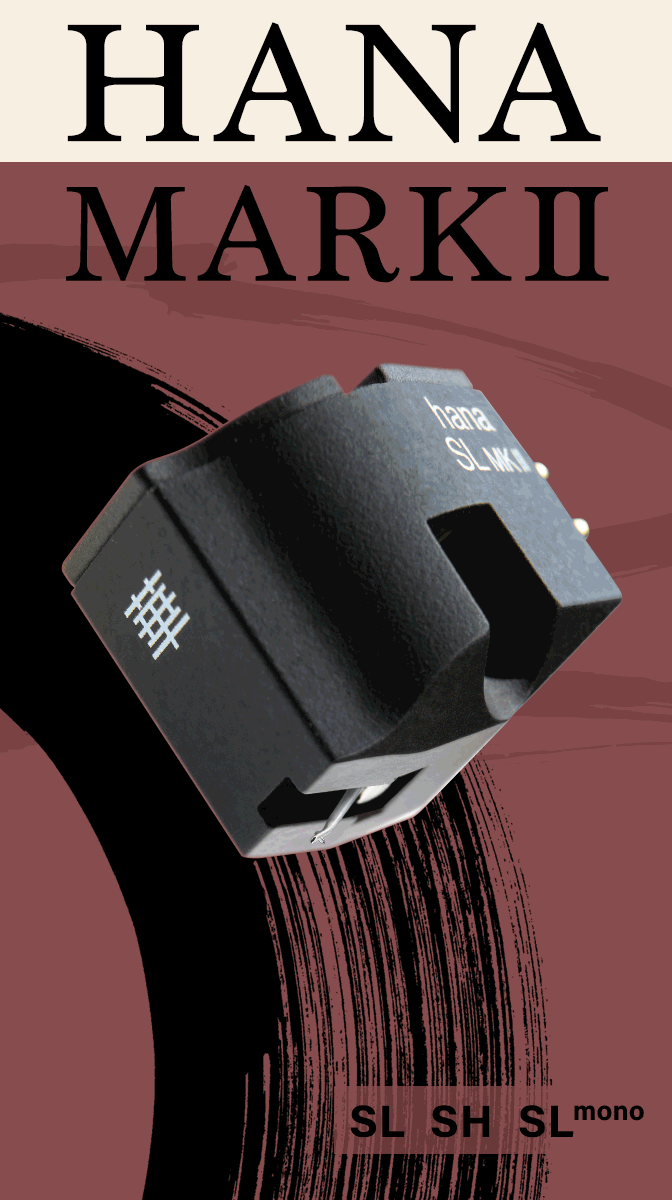


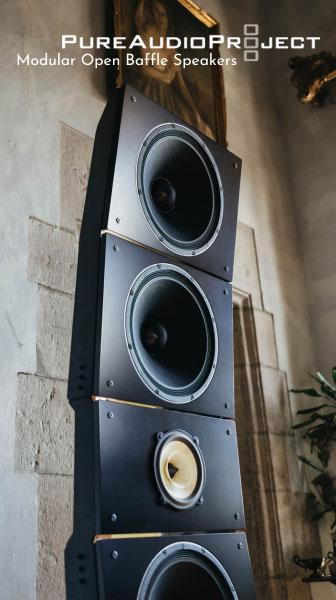






.png)








